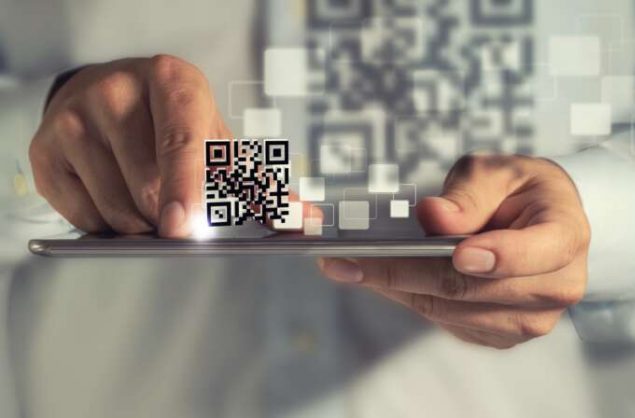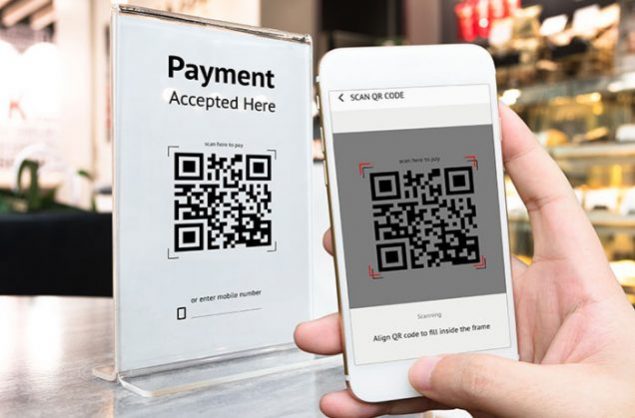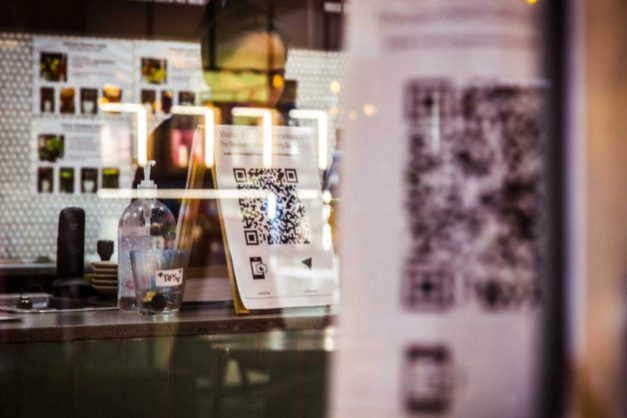QR Codes: The New Face of Alternative Payments
The Covid-19 pandemic has forced so much change onto our everyday lives, but one of the more interesting shifts is that to a piece of technology that has been around for some time, but never really taken off before; the QR Code.
Much like a barcode, a QR code is a machine-scannable image that can instantly b e read using a smartphone camera. QR codes use patterns of dots which can be used to store data – contact details, URLs, location information – and have been the go-to piece of tech for ‘check-ins’ used by the UK NHS app and others to help track, trace and stop the spread of the virus. QR codes can now be found at all pubs and restaurants for people to check in and as a result, have become more accepted than ever before – most notably, QR codes have started to take off in the payments space.
Rise in alternative payments
Early on in the crisis, we were urged to use cashless forms of payment wherever possible to help mitigate the spread of the virus, and while cash was already starting to fall out of favour – down from 60% of all transactions in 2009 to just 23% in 2019 – there is no doubt that the pandemic has accelerated this shift away from physical money and towards digital transactions.
Research from UK ATM Network Link found that cash usage halved in just a few days following the first lockdown, while research from tomato pay reveals that 61% of people say they have used less cash during the pandemic because of hygiene fears.
But this shift is not just about the decline of cash, it is also about the rise of alternative payments. Consumers are starting to embrace a more diverse range of payment options, with research from Paysafe undertaken last month revealing that 38% of people are now more aware that there is now a diverse range of payment solutions available to them and 31% saying they would be inclined to use alternative payments rather than relying on a credit or debit card. Alternative payment options are also beginning to shape the way we shop, with 35% of those surveyed by tomato pay saying they now base their shopping choices on whether or not the business accepts non-cash payments, rising to more than half (55%) of under 35s.
However, this progress brings with it a clear risk that those businesses which are not able to keep up with customer demand for quick and easy non-cash payment solutions could easily get left behind, especially by younger consumers.
Most businesses are well aware of this, and it would seem that those who still do not offer non-cash payment options are not holding back out of choice. In fact, it is quite the opposite. A lack of choice is the issue for most. SMEs account for 99.9% of all UK businesses, yet there are very few financial products and services created specifically to meet their needs. Their small volumes, and sometimes quite specific needs, means banks often don’t invest in creating products and services with SMEs in mind, meaning the payment options available to them are often just too expensive per transaction and small businesses simply cannot justify the investment.
A new way to use old technology
So what is the answer? Well, there are cheaper and easier alternatives to card payments available for small businesses and sole traders and QR codes are one such alternative, using open banking infrastructure. . The Covid-19 crisis has further fuelled this adoption, with WeChat reporting a 26 % growth in use of its QR code feature. The West is playing catch up, but stats show there is a growing demand amongst consumers in the UK and Europe for QR and other forms of open banking technology.
The UK Open Banking Implementation Entity’s latest statistics show that between January and December, open banking user numbers in the UK doubled to more than two million, and, according to research from mobileiron, customers across the UK and Europe are also relying more on QR codes than ever before, buoyed by the pandemic, with 40% scanning a QR code in the last seven days. Over half of all respondents also said they expected to use QR codes for payments soon.
While QR codes undoubtedly offer businesses and consumers a convenient and affordable payment solution, they go a lot further than simply enabling payments – the open banking technology they use means they can offer small businesses much more than a card payment solution ever could such as allowing businesses to embed them directly into invoices and automatically add late fees.
And we know that there is demand for this next level of technology – a quarter of people said they think QR code-initiated bank payments are more secure than contactless card payments, while 42% say it would be far easier to pay an invoice if all they had to do was scan a QR code to initiate payment.
I think we can all recognise that COVID-19 has accelerated the move away from cash, but more than that, it has also been a factor in a shift towards alternative options. People want to be able to pay for products and services quickly and easily, and not have to worry about carrying cards around with them, and businesses want to be able to offer their customers non-cash payment options without having to pay expensive transaction fees or invest in card machines. QR codes are an obvious solution and, as more and more small businesses start to realise the benefits of them, and consumers become increasingly comfortable with this form of payment, we will undoubtedly see QR code usage continue to surge. In fact, in the next few years I think they may just become one of the preferred payment options across the globe.



